Home>Technology>Home Entertainment Systems>What Color Is Best For Projector Screen
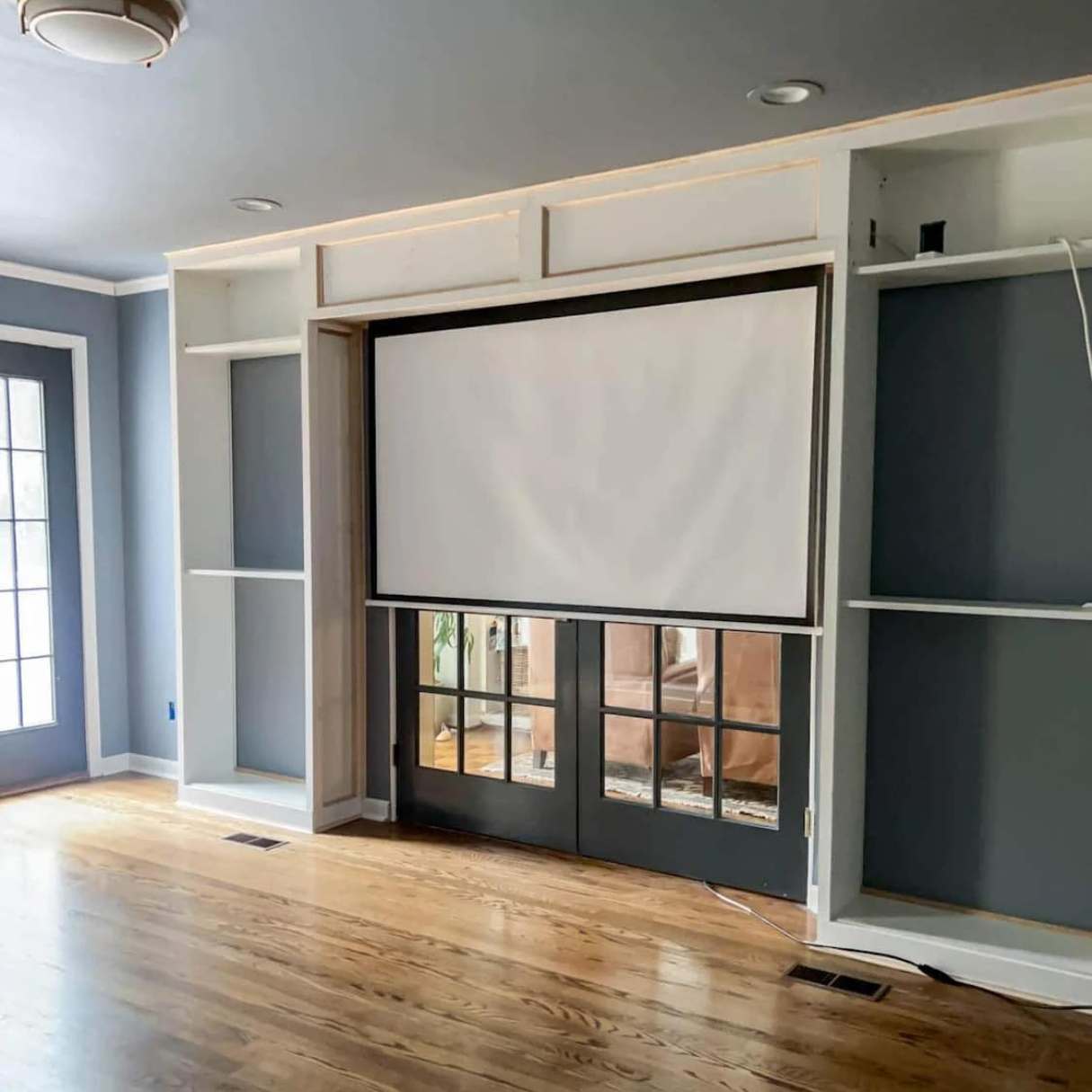

Home Entertainment Systems
What Color Is Best For Projector Screen
Modified: October 21, 2024
Find the best color for your projector screen to enhance your home entertainment system. Discover the ideal color for a high-quality viewing experience.
(Many of the links in this article redirect to a specific reviewed product. Your purchase of these products through affiliate links helps to generate commission for Storables.com, at no extra cost. Learn more)
Introduction
Welcome to the world of home entertainment systems, where the quality of your projector screen can make a world of difference in your viewing experience. When setting up your home theater, choosing the right color for your projector screen is a crucial decision that can significantly impact the clarity, contrast, and overall visual appeal of your movies, TV shows, and gaming sessions. In this guide, we’ll delve into the various projector screen color options and explore the factors to consider when making this important choice. Whether you’re a cinephile, a gaming enthusiast, or simply a lover of high-quality visuals, understanding the nuances of projector screen colors will empower you to create an immersive and captivating viewing environment within the comfort of your own home.
Key Takeaways:
- Choose the right projector screen color based on your room’s lighting, content type, and projector capabilities to create an immersive and visually captivating home entertainment experience.
- White, gray, silver, and black projector screens offer unique advantages, catering to different viewing environments and personal preferences, allowing you to optimize image quality and create a cinematic viewing environment.
Read more: What Material Is Best For A Projector Screen
Factors to Consider When Choosing a Projector Screen Color
When selecting the color for your projector screen, several essential factors should guide your decision-making process. These factors include the ambient light conditions in your viewing area, the type of content you’ll be watching, the projector’s brightness and contrast capabilities, and the desired level of image richness and color saturation. Additionally, the viewing angle and the overall aesthetic of your home theater setup should also be taken into account.
First and foremost, consider the ambient light conditions in the room where your home entertainment system is located. If the room is prone to a significant amount of natural or artificial light, opting for a screen color that minimizes glare and enhances contrast is paramount. On the other hand, if your viewing area can be fully controlled in terms of lighting, you have more flexibility in choosing a screen color that complements your specific viewing preferences.
The type of content you intend to watch also plays a pivotal role in determining the ideal screen color. For instance, if you’re a dedicated cinephile who primarily enjoys watching movies with deep blacks and vibrant colors, a screen color that enhances contrast and color accuracy may be the best choice. Conversely, if you’re an avid gamer who values fast response times and smooth motion, a different screen color that optimizes image clarity and motion handling may be more suitable for your needs.
Furthermore, it’s essential to consider the capabilities of your projector, particularly its brightness and contrast performance. Different projector models have varying degrees of brightness output and contrast ratios, and the screen color you choose should complement and optimize these characteristics to deliver the best possible image quality.
The desired level of image richness and color saturation is another critical factor to keep in mind. Some screen colors are designed to enhance color vibrancy and saturation, resulting in a more visually striking and immersive viewing experience. Understanding your preferences in this regard will guide you toward the most suitable screen color for your home entertainment setup.
Lastly, take into account the viewing angle and the overall aesthetic of your home theater environment. The viewing angle refers to the range from which viewers can comfortably and clearly see the screen, and the screen color should facilitate optimal visibility from various seating positions. Additionally, the chosen screen color should harmonize with the visual aesthetics of your home theater, complementing the decor and contributing to the overall ambiance of the space.
By carefully considering these factors, you can make an informed decision when choosing the ideal projector screen color that aligns with your specific viewing preferences and home theater setup.
White Projector Screens
White projector screens have long been a popular choice for home theaters and commercial settings due to their versatility and ability to provide a neutral canvas for projecting vibrant images. The classic white screen offers several advantages, making it a compelling option for a wide range of viewing environments.
One of the primary benefits of white projector screens is their ability to reflect and diffuse light evenly, resulting in a balanced and uniform image across the entire surface. This characteristic is particularly advantageous in rooms where ambient light control is challenging, as the white screen helps maintain image clarity and contrast even in less-than-ideal lighting conditions.
Furthermore, white screens are known for their color accuracy and ability to showcase vibrant and true-to-life hues. This makes them well-suited for displaying a diverse array of content, including movies, TV shows, sports events, and video games, with accurate color reproduction and natural skin tones.
White projector screens are also renowned for their wide viewing angles, allowing viewers to enjoy a clear and immersive visual experience from various seating positions within the room. This versatility in viewing angles ensures that everyone in the audience can appreciate the full impact of the projected images without experiencing significant distortion or loss of image quality.
Another advantage of white projector screens is their compatibility with high-brightness projectors. When paired with a powerful projector, a white screen can deliver dazzling, high-contrast visuals that captivate viewers and bring scenes to life with exceptional brightness and detail.
It’s important to note that while white projector screens offer numerous benefits, they may not be the most suitable choice for every viewing environment. Rooms with excessive ambient light or uncontrollable glare may require alternative screen colors, such as gray or silver, to mitigate these challenges and optimize the viewing experience.
Ultimately, white projector screens remain a popular and versatile option for home theaters and multimedia setups, providing a blank canvas for stunning visuals and accommodating a wide range of content with color accuracy, wide viewing angles, and compatibility with high-brightness projectors.
Gray Projector Screens
Gray projector screens have gained prominence in the realm of home entertainment systems, offering distinct advantages that cater to specific viewing environments and preferences. The unique properties of gray screens make them a compelling choice for individuals seeking enhanced contrast, improved black levels, and an immersive cinematic experience.
One of the key advantages of gray projector screens lies in their ability to enhance contrast and black levels, particularly in rooms with ambient light or instances of light pollution. By absorbing and mitigating ambient light, gray screens contribute to deeper black levels, resulting in a heightened sense of image depth and detail, especially during dark and shadowy scenes in movies and TV shows.
Furthermore, gray screens are designed to minimize the impact of ambient light, making them well-suited for rooms where controlling external light sources is challenging. This attribute allows viewers to enjoy a more immersive and cinematic experience by reducing the influence of light pollution and enhancing the overall clarity and richness of the projected images.
Another notable advantage of gray projector screens is their ability to improve color saturation and image vibrancy, particularly in environments where ambient light may wash out colors on a traditional white screen. The inherent ability of gray screens to preserve color accuracy and enhance image richness contributes to a more captivating and visually engaging viewing experience.
Moreover, gray screens are known for their ability to provide a more focused and cinematic viewing experience, especially in dedicated home theater rooms where light control is prioritized. The combination of enhanced contrast, improved black levels, and superior color saturation makes gray screens an ideal choice for cinephiles and individuals seeking a truly immersive and cinematic presentation of their favorite movies and TV content.
While gray projector screens offer compelling advantages, it’s important to note that they may not be the optimal choice for all viewing scenarios. Rooms with ample control over ambient light and minimal light interference may benefit more from the versatility and color accuracy of white screens, especially for displaying a wide range of content with varying lighting and color requirements.
In summary, gray projector screens are a valuable option for individuals seeking to elevate their home theater experience with enhanced contrast, improved black levels, and superior color saturation, particularly in environments where ambient light control is a consideration.
For a projector screen, a neutral gray color is best. It provides better contrast and color accuracy compared to white or other colors.
Silver Projector Screens
Silver projector screens offer a unique and specialized approach to enhancing the visual quality of projected images, particularly in environments where ambient light control and image brightness are paramount. These screens, characterized by their reflective properties and ability to amplify image luminance, cater to specific viewing conditions and requirements, making them a compelling choice for certain home entertainment setups.
One of the primary advantages of silver projector screens is their exceptional ability to enhance image brightness and luminance. By effectively reflecting and amplifying the projected light, silver screens contribute to a heightened sense of image brilliance and clarity, particularly in rooms where ambient light may diminish the overall brightness and impact of the projected images.
Furthermore, silver screens are designed to mitigate the effects of ambient light interference, making them well-suited for viewing environments where controlling external light sources is challenging. This characteristic allows viewers to experience vibrant and visually striking images with enhanced brightness and clarity, even in rooms with moderate to high levels of ambient light.
In addition to their brightness-enhancing properties, silver projector screens are known for their ability to preserve image detail and texture, particularly in scenes with intricate visual elements and fine details. This attribute ensures that viewers can appreciate the nuances and depth of the projected images, resulting in a more immersive and engaging viewing experience.
Moreover, silver screens are often favored for their compatibility with high-brightness projectors, as they can effectively harness the projector’s luminance capabilities to deliver impactful and dynamic visuals. When paired with a powerful projector, a silver screen can elevate the overall brightness and vibrancy of the projected images, creating a captivating and visually stunning presentation.
While silver projector screens offer compelling advantages in terms of brightness enhancement and ambient light mitigation, it’s important to consider the specific requirements of your viewing environment. Rooms with ample control over ambient light and minimal light interference may not fully leverage the benefits of silver screens, as these screens are primarily tailored to address challenges related to image brightness and light reflection.
In summary, silver projector screens serve as a valuable option for individuals seeking to optimize image brightness and clarity in viewing environments with ambient light considerations, offering a specialized solution for enhancing the visual impact of projected content.
Read more: Which Is The Best Screen For A Projector?
Black Projector Screens
Black projector screens, although less common than their white, gray, and silver counterparts, offer unique advantages and cater to specific viewing environments and preferences. These specialized screens, characterized by their light-absorbing properties and ability to enhance contrast and image depth, provide a distinctive approach to creating a captivating and immersive viewing experience within home entertainment setups.
One of the key advantages of black projector screens lies in their ability to absorb ambient light and minimize reflections, resulting in improved image contrast and black levels. By effectively mitigating the impact of external light sources, black screens contribute to a heightened sense of image depth and detail, particularly during dark and shadowy scenes in movies and TV shows.
Furthermore, black screens are designed to enhance the overall richness and saturation of colors, particularly in environments where preserving color accuracy and vibrancy is essential. The light-absorbing nature of black screens allows for superior color reproduction and image richness, contributing to a visually striking and immersive viewing experience.
Another notable advantage of black projector screens is their ability to create a more focused and cinematic viewing environment, especially in dedicated home theater rooms where light control and image precision are prioritized. The combination of enhanced contrast, improved black levels, and superior color saturation makes black screens an ideal choice for cinephiles and individuals seeking a truly immersive and cinematic presentation of their favorite movies and TV content.
Moreover, black screens excel in rooms where complete control over ambient light is achievable, allowing viewers to experience the full impact of the projected images without external light interference. This attribute makes black screens well-suited for home theater setups where creating a controlled and immersive viewing environment is a top priority.
While black projector screens offer compelling advantages, it’s important to consider the specific requirements and characteristics of your viewing environment. Rooms with significant ambient light or limited light control may not fully leverage the benefits of black screens, as these screens are tailored to optimize contrast, color richness, and immersive viewing in controlled lighting conditions.
In summary, black projector screens provide a specialized and immersive solution for individuals seeking to elevate their home theater experience with enhanced contrast, superior color saturation, and a cinematic viewing environment, particularly in settings where complete control over ambient light is achievable.
Conclusion
Choosing the right color for your projector screen is a pivotal decision that can significantly influence the quality and immersive nature of your home entertainment experience. Each projector screen color—white, gray, silver, and black—offers distinct advantages and considerations, catering to various viewing environments, lighting conditions, and personal preferences.
White projector screens, known for their versatility and color accuracy, remain a popular choice for a wide range of content, providing a neutral canvas for vibrant and true-to-life images. Their ability to reflect and diffuse light evenly ensures a balanced and uniform visual experience, making them suitable for diverse viewing environments.
Gray projector screens, with their focus on enhancing contrast, improving black levels, and preserving color accuracy, offer a specialized solution for rooms where ambient light control is a consideration. These screens excel in creating a cinematic and immersive viewing experience, particularly for cinephiles and individuals seeking heightened image depth and detail.
Silver projector screens, renowned for their brightness-enhancing properties and ambient light mitigation, provide a unique approach to optimizing image luminance and clarity in viewing environments with light interference. Their ability to reflect and amplify light contributes to vibrant and visually striking images, especially in rooms with moderate to high levels of ambient light.
Black projector screens, characterized by their light-absorbing properties and focus on contrast enhancement, offer a specialized solution for creating a controlled and immersive viewing environment. These screens excel in optimizing image depth, color richness, and contrast, particularly in dedicated home theater setups where complete control over ambient light is achievable.
Ultimately, the choice of projector screen color should be guided by a careful consideration of factors such as ambient light conditions, the type of content being viewed, the capabilities of the projector, and the desired level of image richness and color saturation. By aligning the characteristics of each screen color with your specific viewing preferences and home theater setup, you can create an engaging and visually captivating environment that enhances your movie-watching, gaming, and TV viewing experiences.
Whether you prioritize color accuracy, contrast enhancement, brightness optimization, or immersive cinematic presentation, the diverse range of projector screen colors provides a tailored solution for elevating your home entertainment system and creating a truly captivating viewing experience.
Frequently Asked Questions about What Color Is Best For Projector Screen
Was this page helpful?
At Storables.com, we guarantee accurate and reliable information. Our content, validated by Expert Board Contributors, is crafted following stringent Editorial Policies. We're committed to providing you with well-researched, expert-backed insights for all your informational needs.
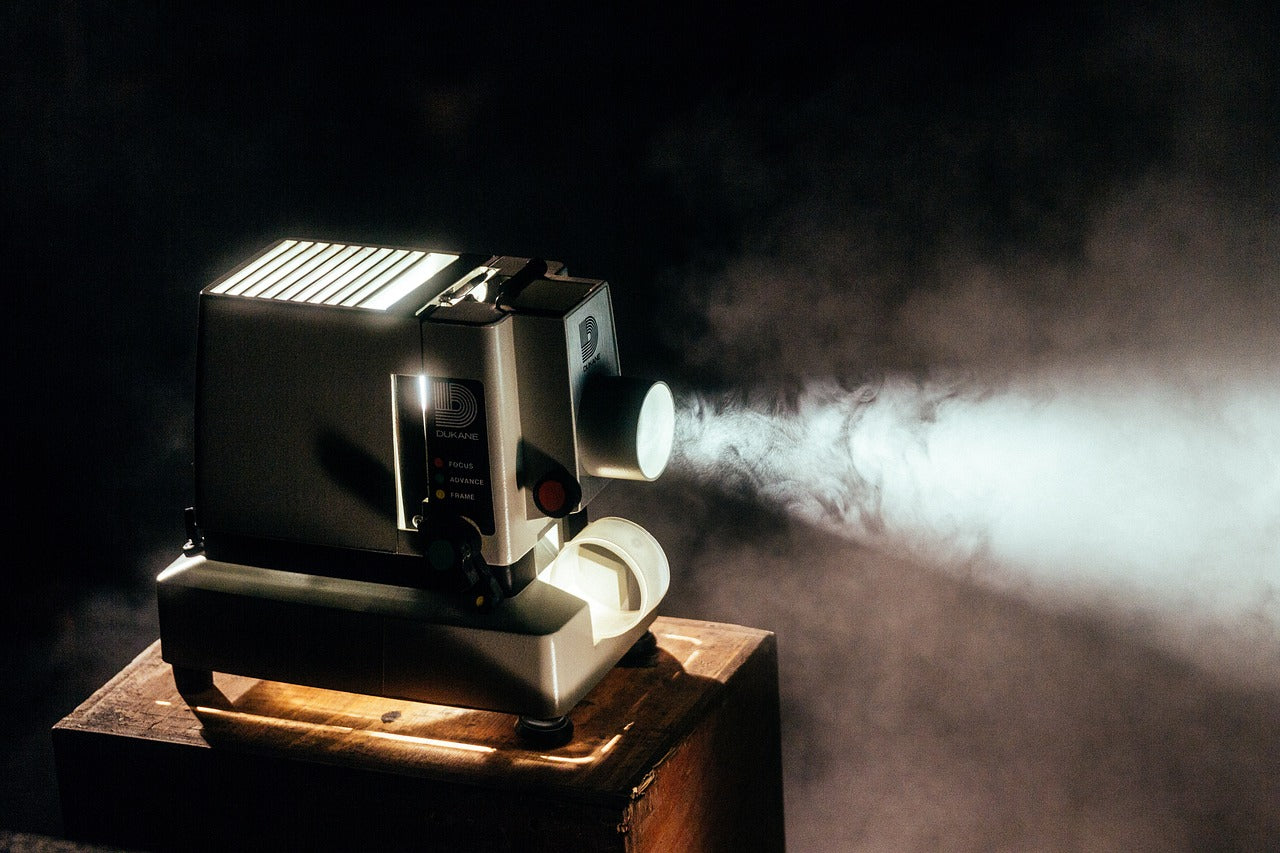
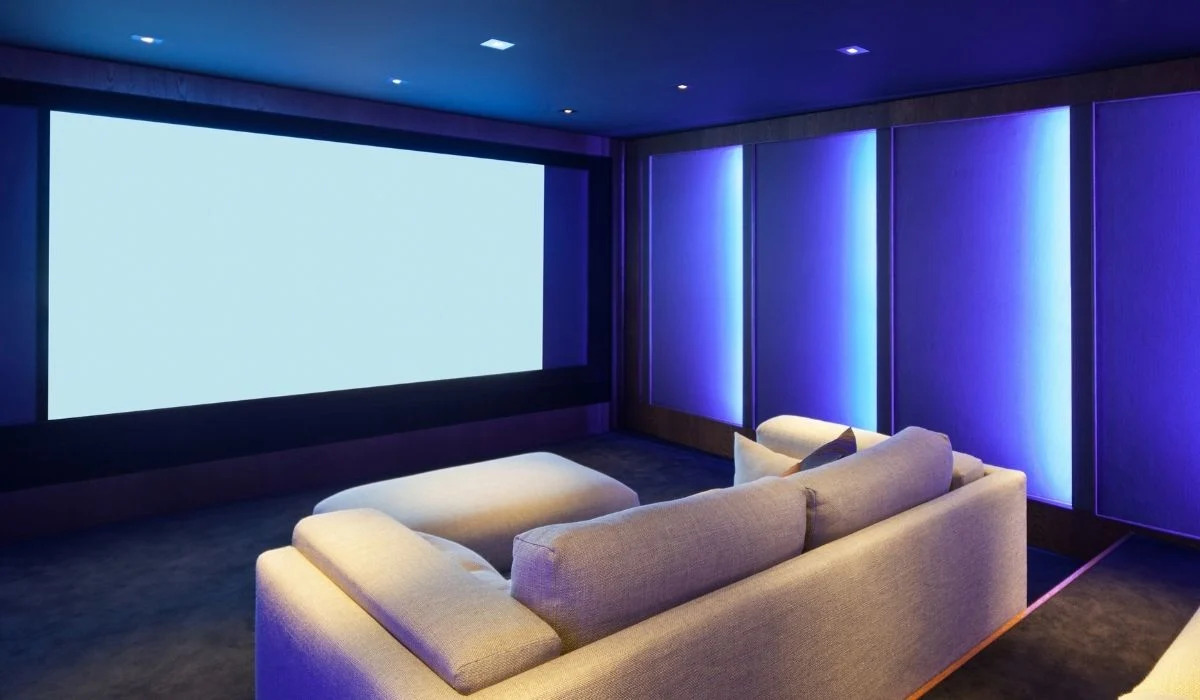
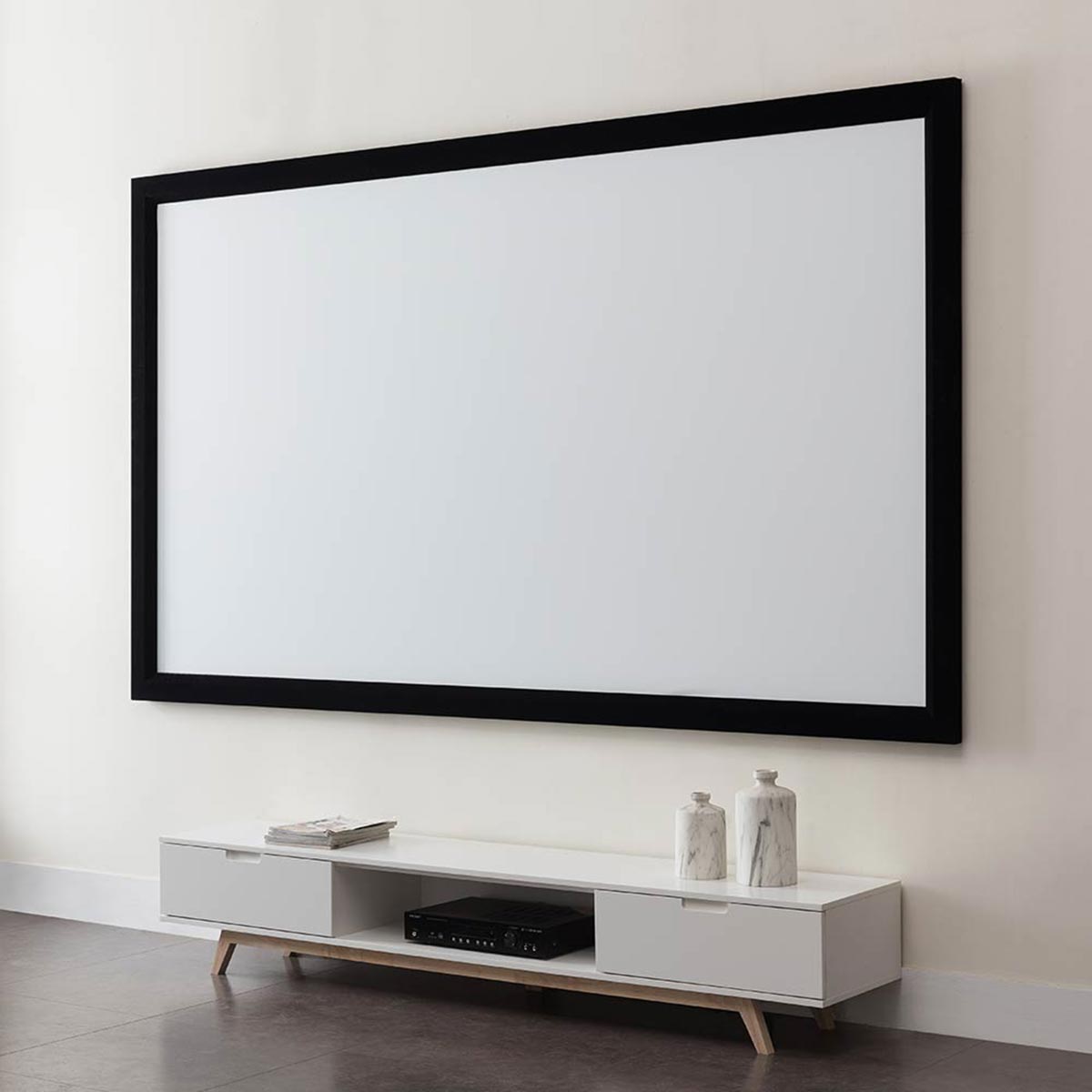
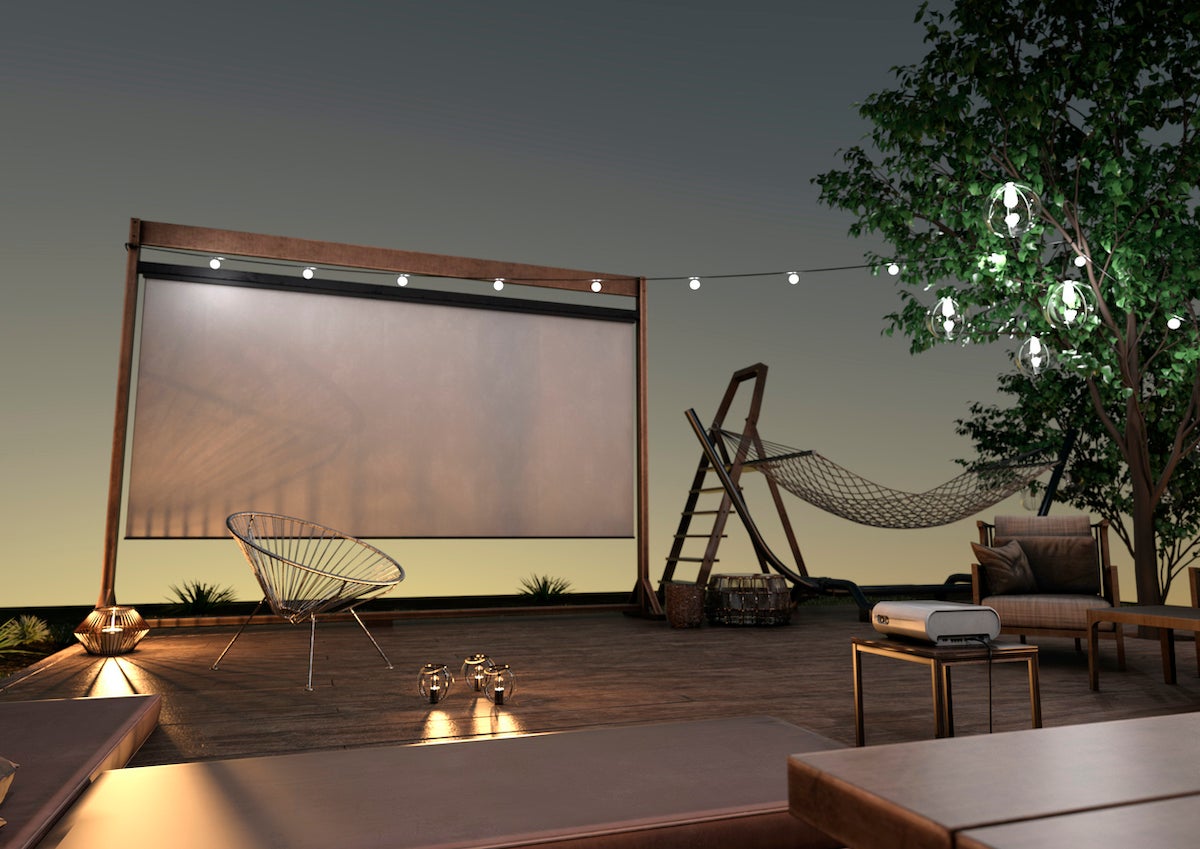
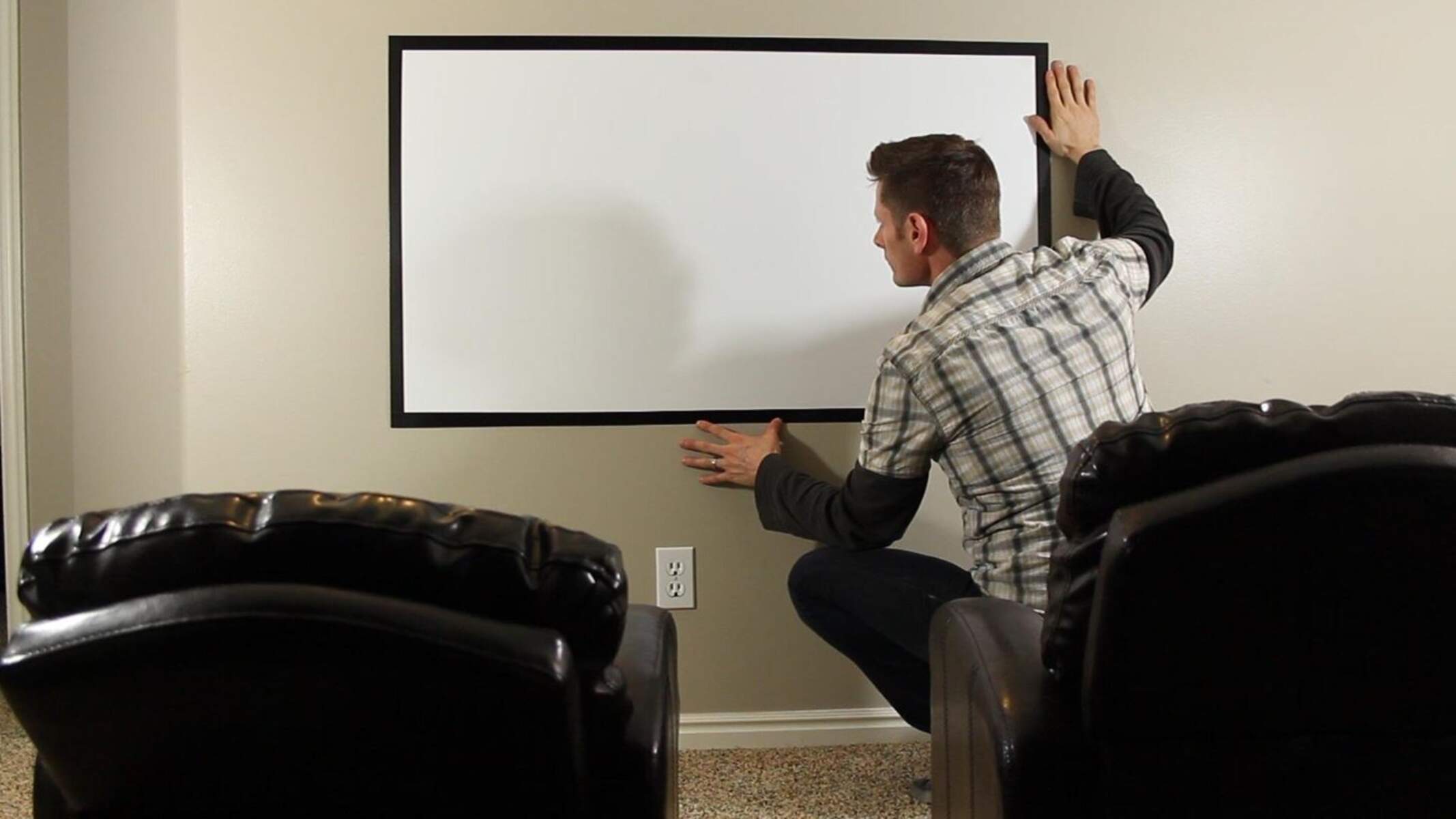
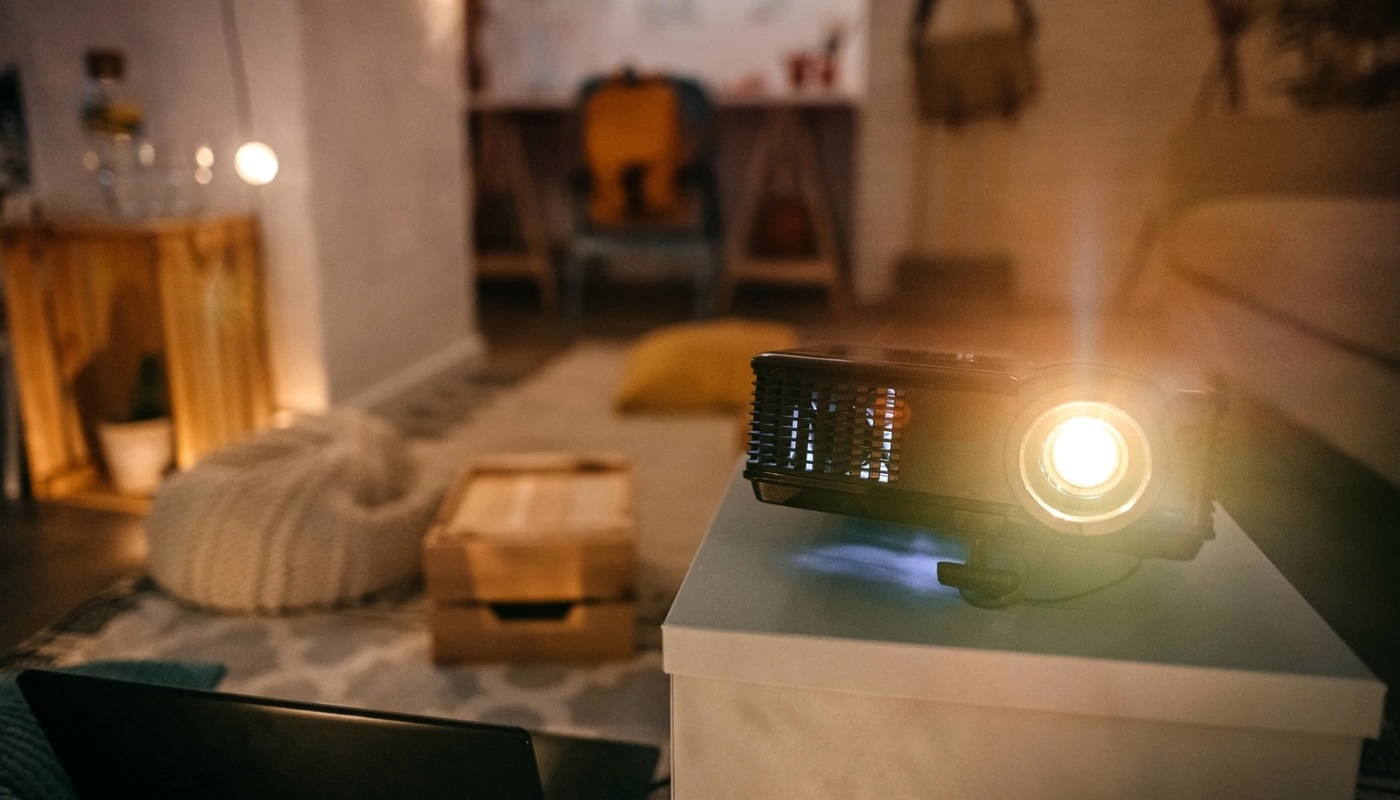

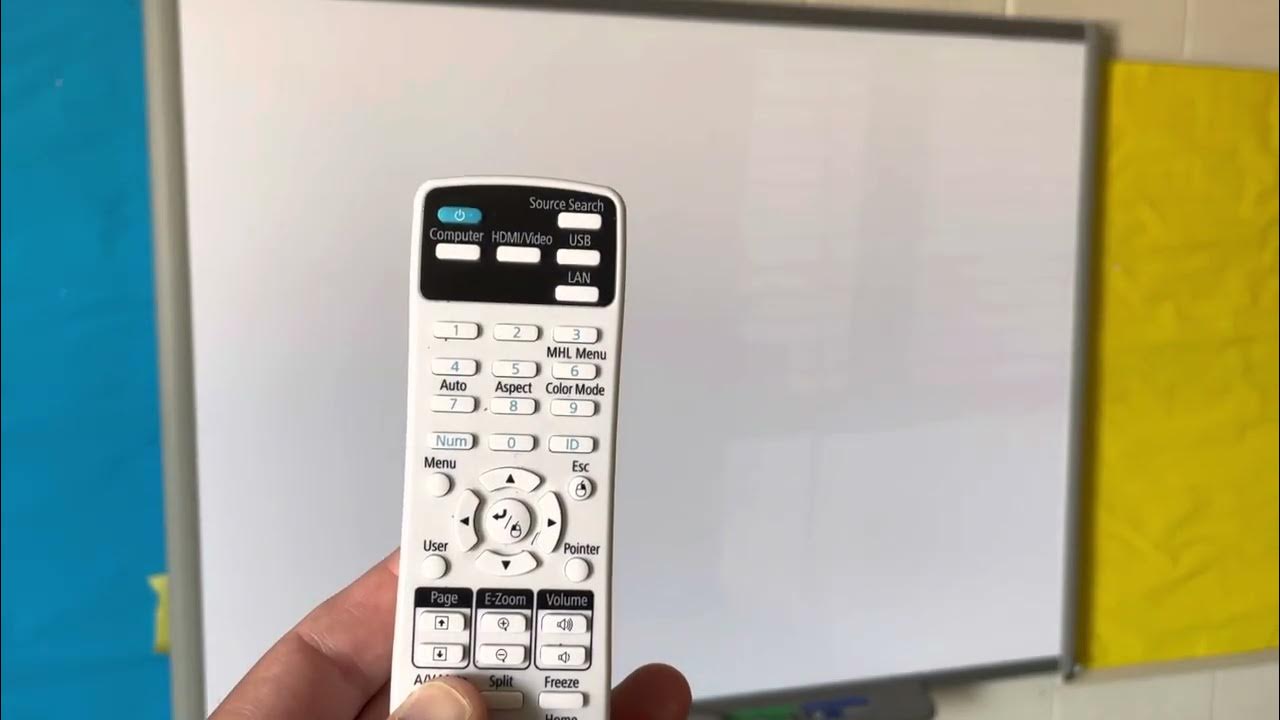
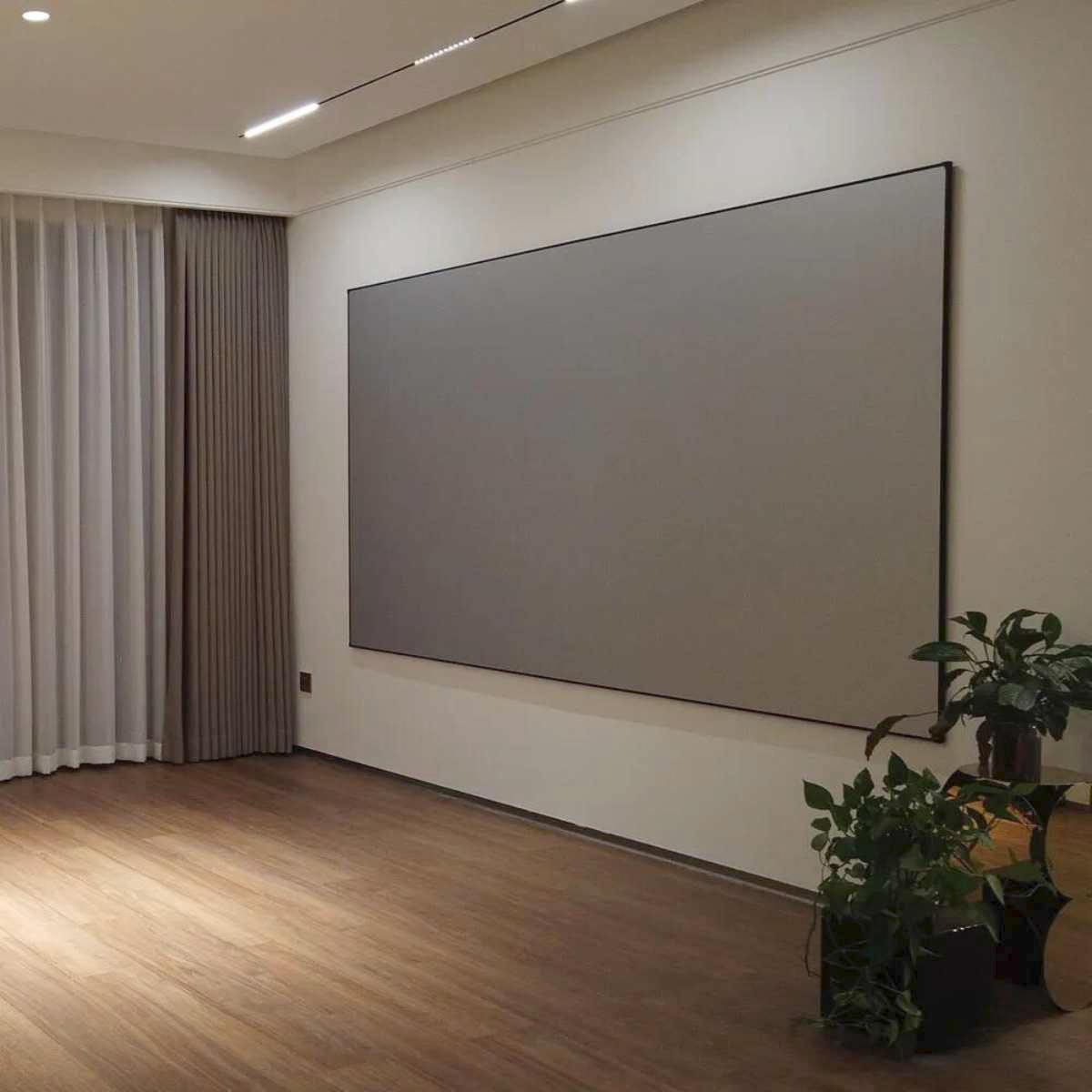
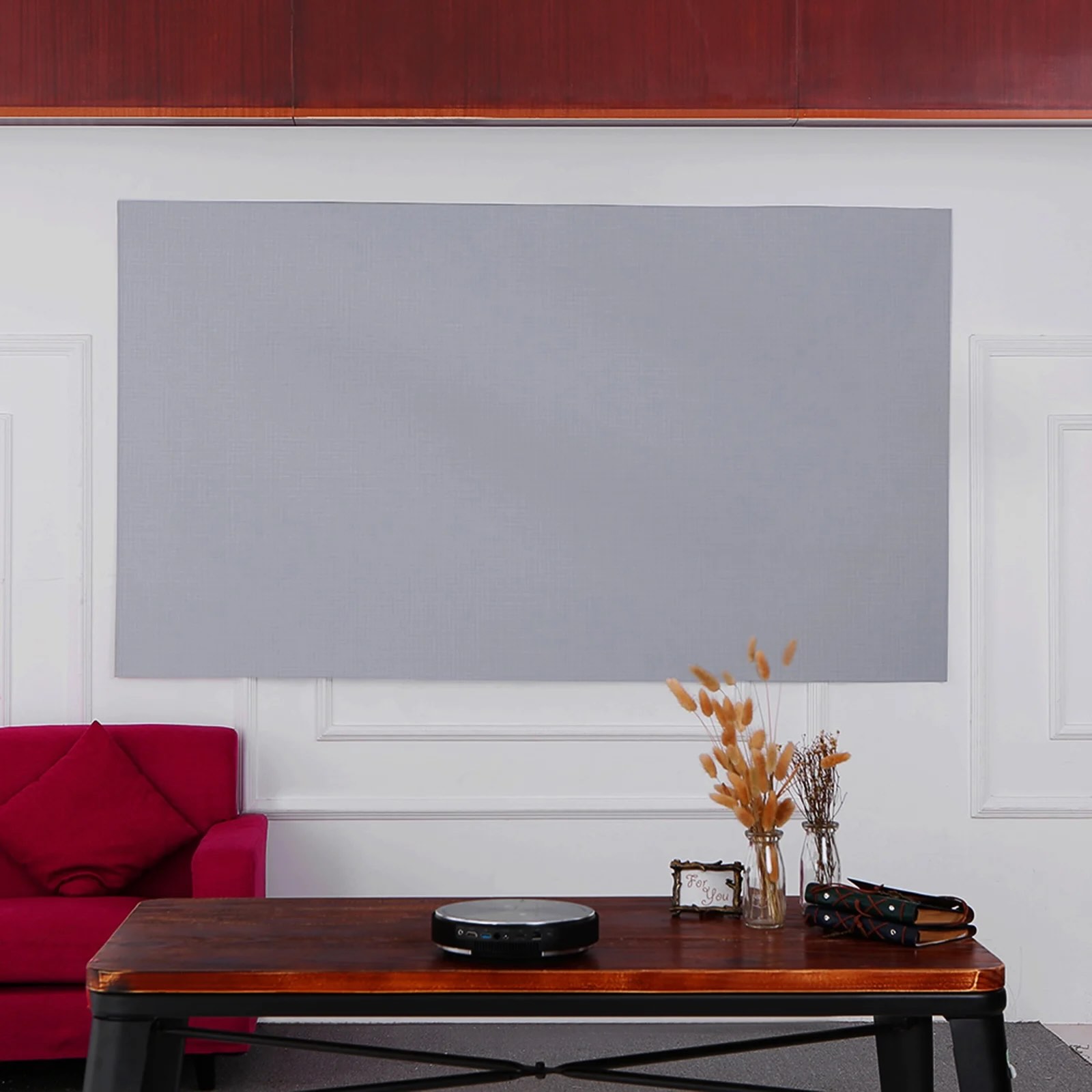

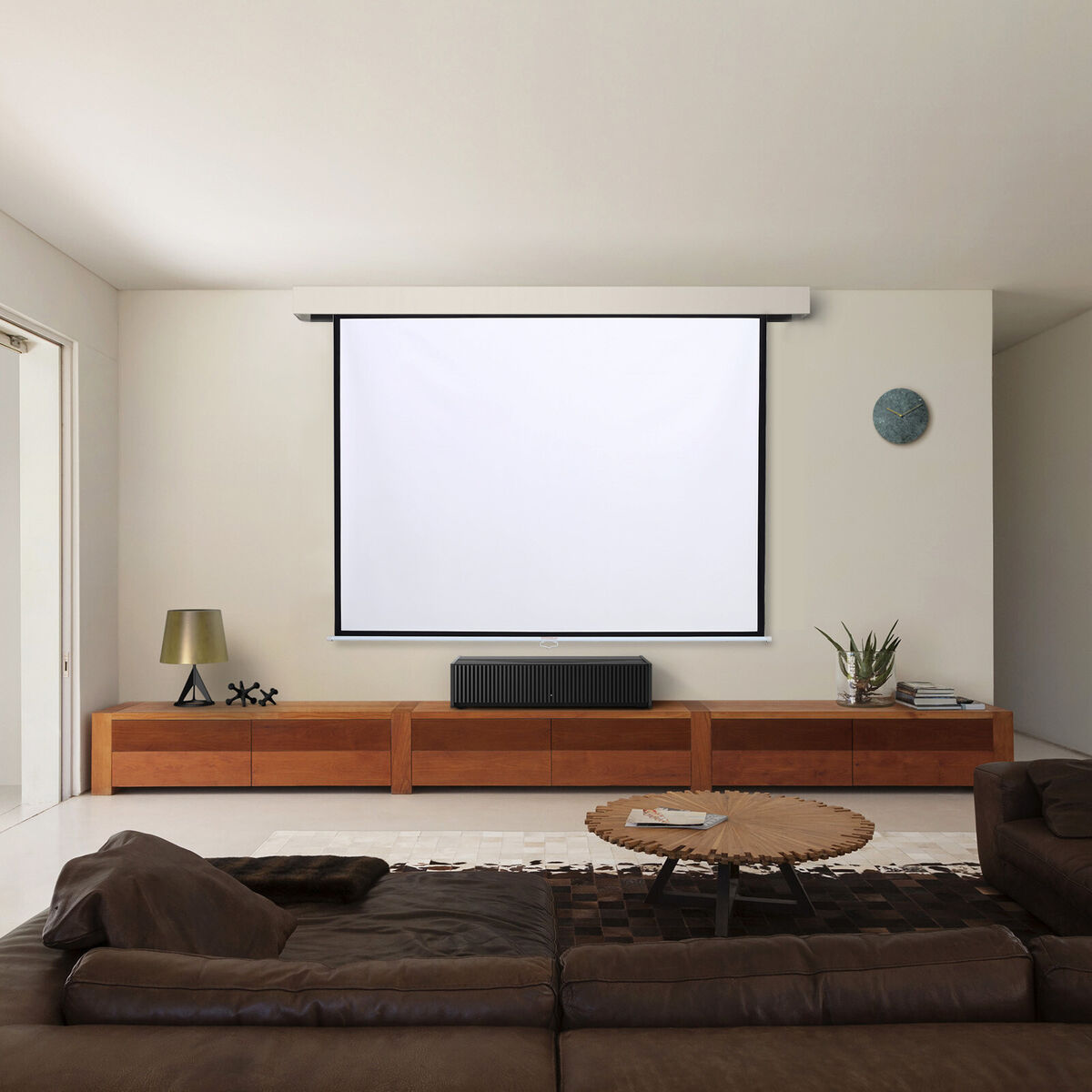
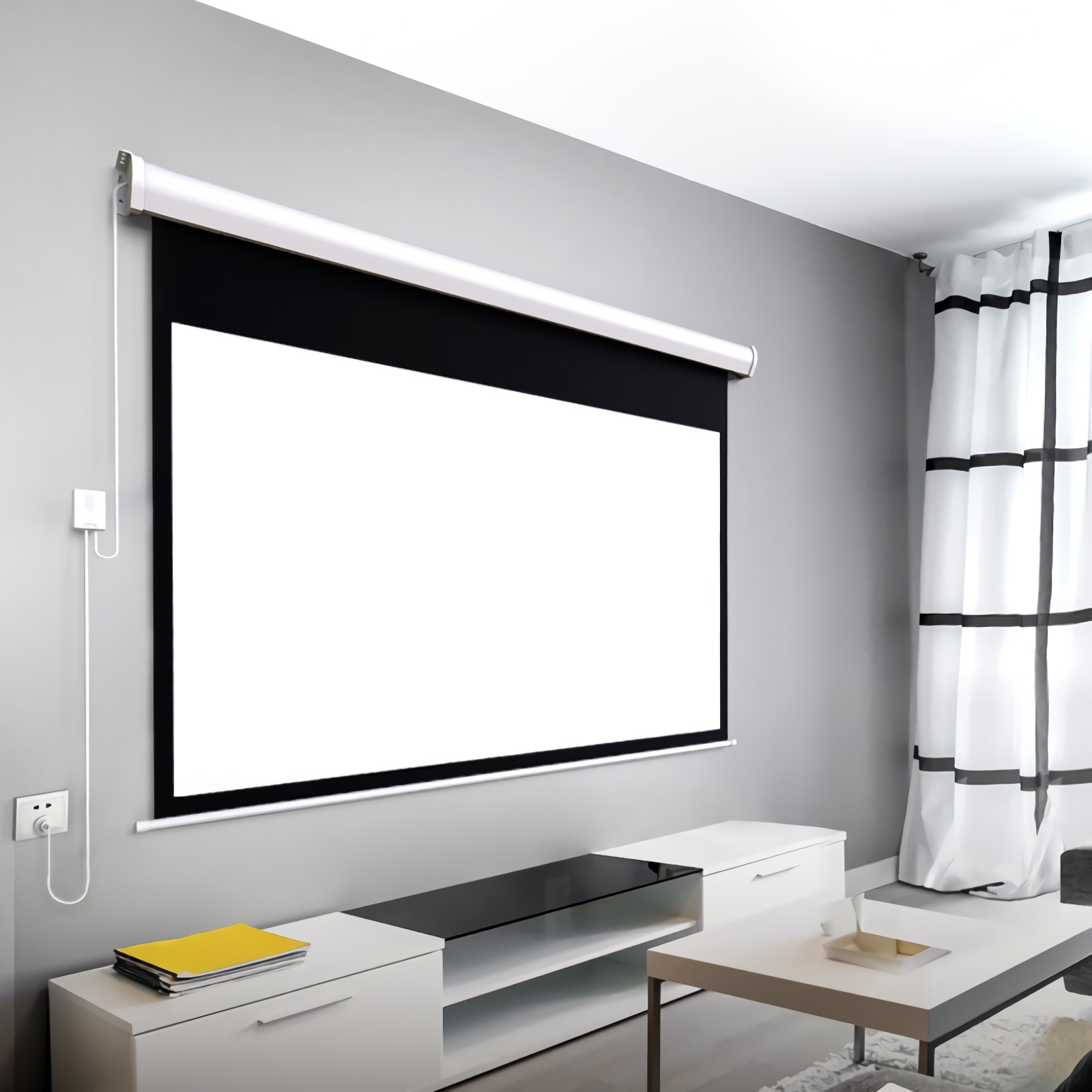


0 thoughts on “What Color Is Best For Projector Screen”